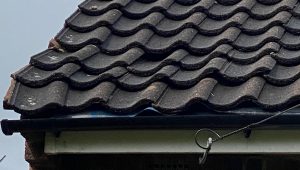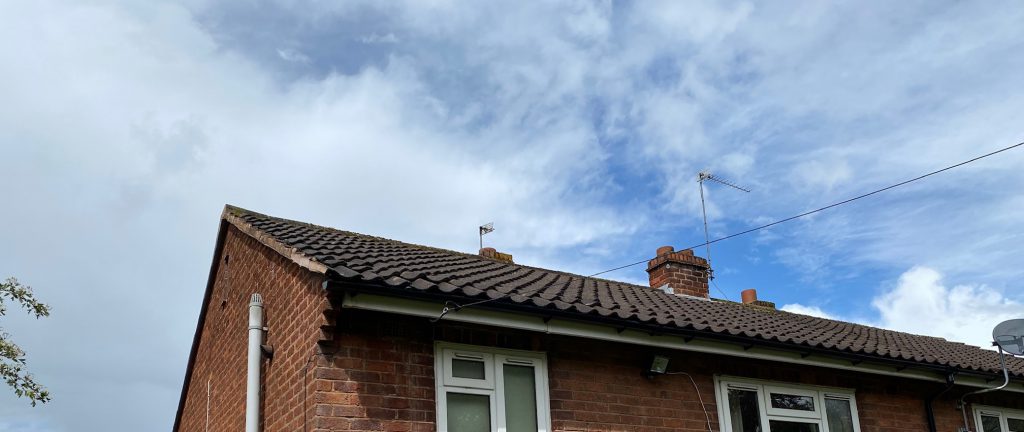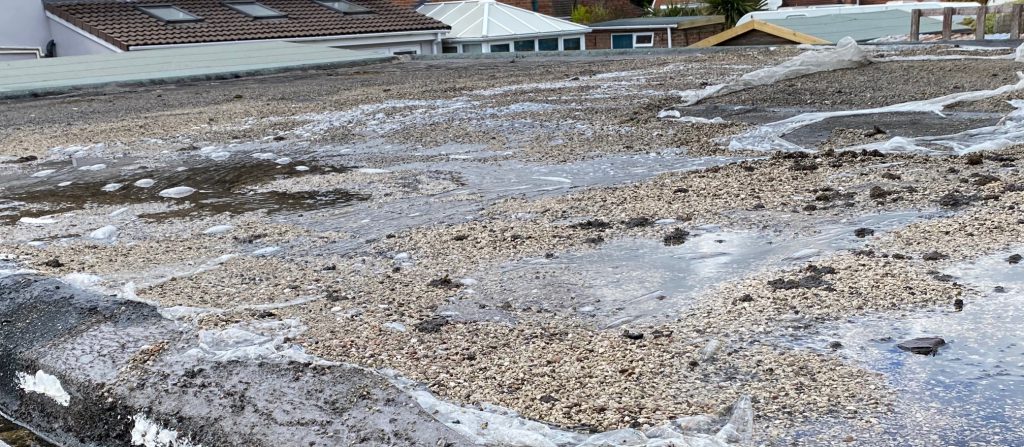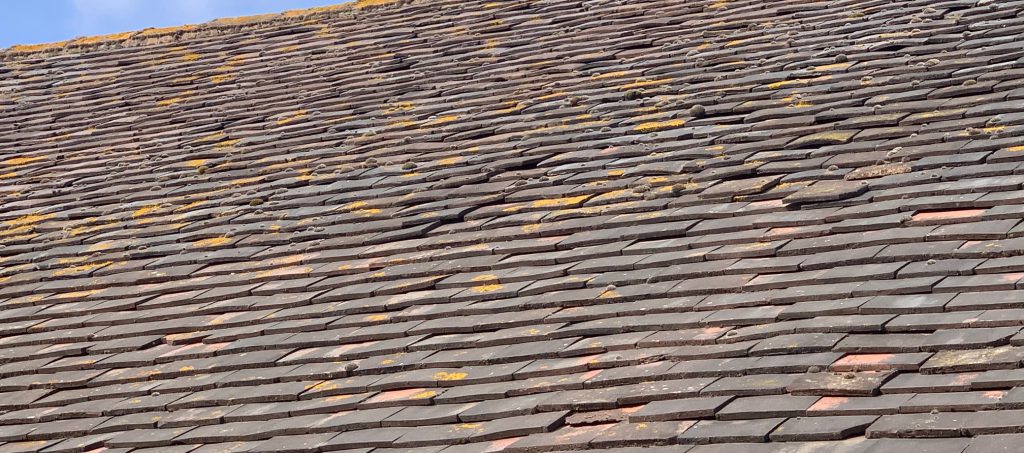A professional roofer will notice a slipped tile straight away, where as a homeowner probably wouldn’t notice there was an issue at all, or wouldn’t think it was significant until it was too late.
Here at Bromsgrove Roofing Supplies ltd, we’ve seen after over 30 years of experience in roofing what damage can be cause when a slipped roof tiles are ignored by homeowners.
Here are just some of the reasons a slipped roof tile would need to be rectified straight away:
Risk of a falling roof tile – What goes up must come down, and when a roof tile slips the only direction it will go is down, which could damage property, or in worse case scenarios seriously injure passers-by. It might not seem too risky at first, however just a bit of wind can be enough to blow a tile off a rooftop. If a roof tile should land on a public footpath, the homeowner will be liable for any personal injury claims, so it would be in their interest to ensure any loose tiles are repaired.
Leaks and water damage – Once a tile slips, a weak spot is unearthed and a bit of bad weather can make one small problem into a massive one. Once you client notices a damp patch in their home, unfortunately the damage may have already been done, and what could have been a small repair on a slipped tile will probably be much bigger job, with major leaks often destroying insulation as well as other structural materials.
Unexpected visitors – A slipped tile doesn’t just mean access to water, but the potential for new house mates, such as nesting birds and even rodents or insects. Once a bird nests, it is illegal to remove the nest until the young flown the nest under the Wildlife & Countryside Act 1981.
Mold – Mold grows anywhere that is damp and warm, making leaky rooftops the ideal place to thrive. Mold can spreading across damp walls inside the home where a leak from a slipped roof tile has dripped down into the walls and even the brickwork. The mold caused by leaks not only look unsightly, however can also cause risks to health such as asthma, allergies, sinus issues and headaches, with children and the elderly particularly at risk.
Wood rot – A slipped tile means the timber structures to a home become exposed to the elements. Just a bit of rain, and these timber structures become damp and in time can rot. Timbers that begin to rot are irreparable and can end up costing a homeowner a lot of money to replace.
Risk of losing market value – If a homeowner is looking to sell, it would be in their best interest to have any slipped tiles repaired. The first thing any potential new buyer will look at when buying a new home is the roof. A slipped tile may be the difference between a successful sale or a substantial loss.
When not to repair a slipped tile
It is always advised to have a slipped tile repaired if it is easily accessible, however if the slipped tile is difficult to access, such as a slipped tile on the very top of the roof, it may cause more damage to repair than to simply leave alone. For instance, a slipped tile in a difficult to access area of a roof may require stepping on other tiles to access which in turn may damage or move the other tiles. Any slipped tile repair must be assessed with great care to judge if it could cause more damage to fix the issue or to leave it alone.
Send in the professionals!
It is always advised that any homeowner has a professional roofer review and assess their roof regularly to ensure small repairs can be rectified safely and affordably before they risk turning into big repairs.
How can we help?
If you have a client in need of a slipped tile repair, we can help! Here at Bromsgrove Roofing Supplies ltd, we can provide a free no obligation quotation for roofing materials you need. Contact us today to see how we can help you!
Tel: 01527 864944
Email: bromsgrove@kidderminsterroofing.com
Or drop us a message on Facebook!




